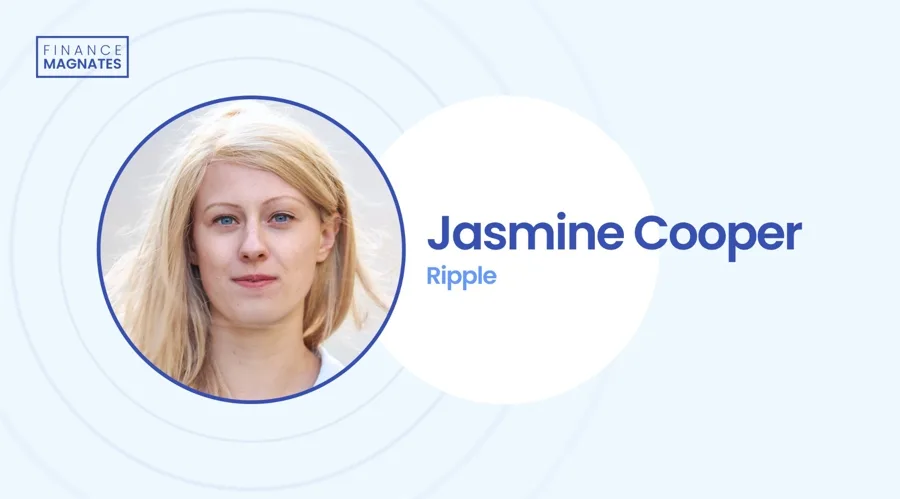On the ground for XRP Ledger Apex 2024, we caught up with
Jazzi Cooper, Lead Product Manager at Ripple X and a major driving force behind its ambitious mission. In an
exclusive interview, Jazzi shared insights into Ripple X’s role in reshaping
the financial landscape and paving the way for a future powered by blockchain
technology.
XRP Ledger Apex 2024
Why Traditional Finance Needs a Disruption
“Traditional finance rails today, as we know, are
insufficient. Payments take multiple days if not weeks (…) and settlement is slow,” Jazzi remarked,
setting the stage for a discussion on the urgent need for disruptive solutions
in the financial sector.
The bold promise of blockchain technology lies in its
potential to revolutionize financial systems, a vision embodied by Ripple X and
its dedication to the XRP Ledger. As traditional financial infrastructures
strain under the weight of inefficiencies, Ripple X champions a future where
transactions are swift, transparent, and decentralized. This ambition is not
merely a theoretical exercise but a concerted effort to redefine how value is
transferred and recorded.
One of the main drivers for this charge is Jasmine Cooper,
affectionately known as Jazzi, who heads the Institutional DeFi Products group.
Her team’s mission is to cultivate a suite of products that capitalize on the
unique strengths of the XRP Ledger, thus offering a robust alternative to the
entrenched financial systems that dominate today’s markets.
On Redefining Value Transfer
“The XRP Ledger is purpose-built for value transfer.
We think it’s a very ideal blockchain environment for the issuance, the
movement, the trading of tokens,” Jasmine emphasizes, underscoring the
platform’s suitability for disrupting traditional finance.
Central to Ripple X’s strategy are three key product
verticals: tokenization, financial protocols, and infrastructure. Tokenization
involves the creation of digital tokens that represent real-world assets,
offering a new avenue for asset management and investment. Financial protocols
cover on-chain trading and lending, leveraging blockchain’s transparency and
efficiency. The infrastructure vertical focuses on building the essential
components, such as oracles and cross-chain bridges, which support the seamless
operation of these systems.
Out with the Old?
“Most of fintech today, all of your neobanks, all of
your digital wealth advisors, these have moved a little bit forward by offering
nice UIs… But they’re still sitting on the…
























